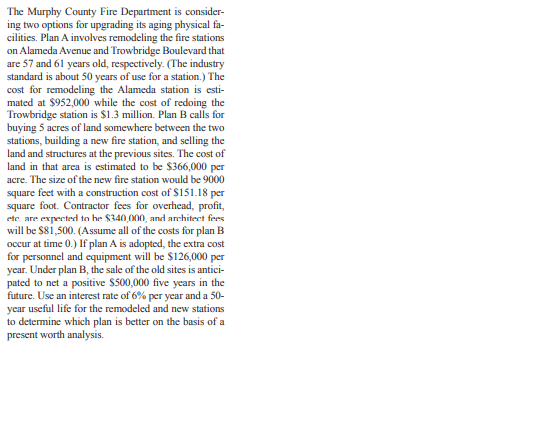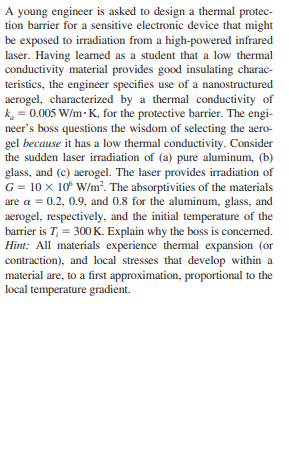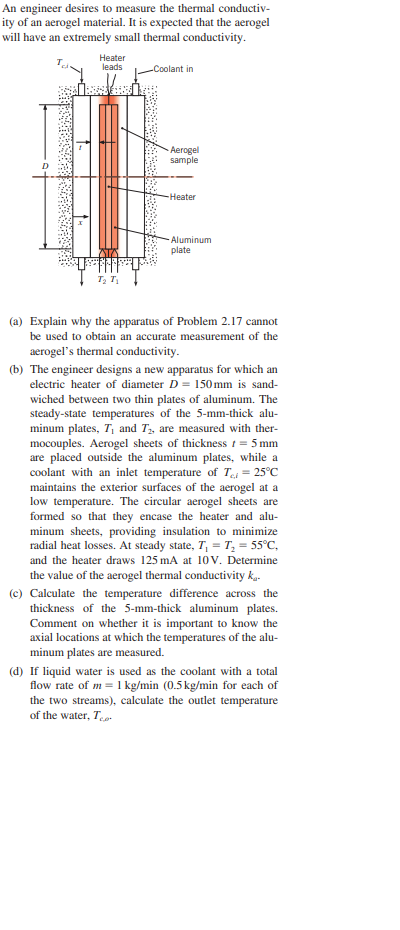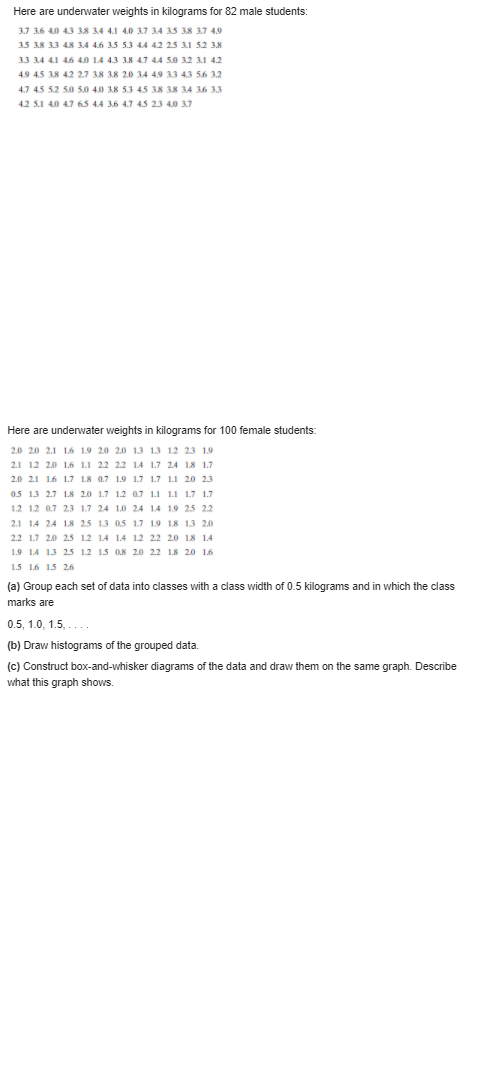solve these
The Murphy County Fire Department is consider- ing two options for upgrading its aging physical fa- cilities. Plan A involves remodeling the fire stations on Alameda Avenue and Trowbridge Boulevard that are 57 and 61 years old, respectively. (The industry standard is about 50 years of use for a station.) The cost for remodeling the Alameda station is esti- mated at $952,000 while the cost of redoing the Trowbridge station is $1.3 million. Plan B calls for buying 5 acres of land somewhere between the two stations, building a new fire station, and selling the land and structures at the previous sites. The cost of land in that area is estimated to be $366,000 per acre. The size of the new fire station would be 9000 square feet with a construction cost of $151.18 per square foot. Contractor fees for overhead, profit, etc. are expected to be $140,000, and architect fees will be $81,500. (Assume all of the costs for plan B occur at time 0.) If plan A is adopted, the extra cost for personnel and equipment will be $126,000 per year. Under plan B, the sale of the old sites is antici- pated to net a positive $500,000 five years in the future. Use an interest rate of 6% per year and a 50- year useful life for the remodeled and new stations to determine which plan is better on the basis of a present worth analysis.A pipeline engineer working in Kuwait for the oil giant BP wants to perform a present worth analysis on alternative pipeline routings-the first predominately by land and the second primarily undersea. The un- dersea route is more expensive initially due to extra corrosion protection and installation costs, but cheaper security and maintenance reduces annual costs. Per- form the analysis for the engineer at 15% per year.A young engineer is asked to design a thermal protect tion barrier for a sensitive electronic device that might be exposed to irradiation from a high-powered infrared laser. Having learned as a student that a low thermal conductivity material provides good insulating charac- teristics, the engineer specifies use of a nanostructured aerogel, characterized by a thermal conductivity of k = 0.005 W/m - K, for the protective barrier. The engi- neer's boss questions the wisdom of selecting the aero- gel because it has a low thermal conductivity. Consider the sudden laser irradiation of (a) pure aluminum, (b) glass, and (c) aerogel. The laser provides irradiation of G = 10 X 10' W/m . The absorptivities of the materials are a = 0.2, 0.9, and 0.8 for the aluminum, glass, and aerogel, respectively, and the initial temperature of the barrier is 7, = 300 K. Explain why the boss is concerned. Hint: All materials experience thermal expansion (or contraction), and local stresses that develop within a material are. to a first approximation, proportional to the local temperature gradient.An engineer desires to measure the thermal conductive ity of an aerogel material. It is expected that the aerogel will have an extremely small thermal conductivity. Heater leads -Coolant in Aerogel sample -Heater Aluminum plate (a) Explain why the apparatus of Problem 2.17 cannot be used to obtain an accurate measurement of the aerogel's thermal conductivity. (b) The engineer designs a new apparatus for which an electric heater of diameter D = 150mm is sand- wiched between two thin plates of aluminum. The steady-state temperatures of the 5-mm-thick alu- minum plates, 7, and 72, are measured with ther- mocouples. Aerogel sheets of thickness r = 5 mm are placed outside the aluminum plates, while a coolant with an inlet temperature of Ty, = 25"C maintains the exterior surfaces of the aerogel at a low temperature. The circular aerogel sheets are formed so that they encase the heater and alu- minum sheets, providing insulation to minimize radial heat losses. At steady state, 7, = , = 55"C. and the heater draws 125 mA at 10 V. Determine the value of the aerogel thermal conductivity ke. (c) Calculate the temperature difference across the thickness of the 5-mm-thick aluminum plates. Comment on whether it is important to know the axial locations at which the temperatures of the alu- minum plates are measured. (d) If liquid water is used as the coolant with a total flow rate of m = 1 kg/min (0.5 kg/min for each of the two streams), calculate the outlet temperature of the water, Tes.\f











